Determination of the gas constant
PV = nRT
Apparatus:
- 1electronic scale to 3 decimal places.
-100mL measuring cylinder
- copper wire and magnesium ribbon
- barometer, thermometer
- 250 mL beaker.
- wire cutters
- 2M HCl
Caution - Hydrogen gas is explosive and must not be allowed to accumulate. This activity should be conducted in the absence of naked flames. Goggles, overcoat and gloves should always be worn by students.
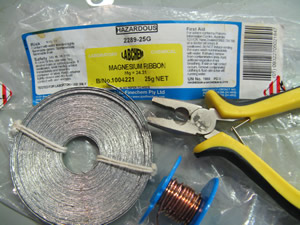
1) Weigh a set of magnesium ribbons of approximately 0.05 grams and place each one in an individual plastic bag witht eh mass recorded. Most labs have only one three decimal place scales and as such student access is limited. By weighing out a set of magnesium ribbons before the class the need for student access to expensive equipment is removed.
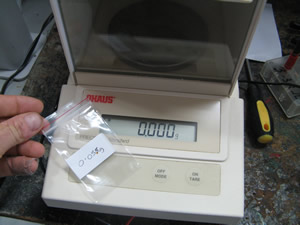
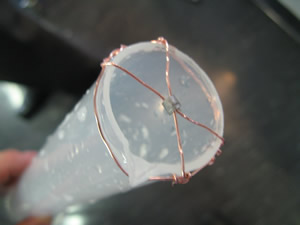
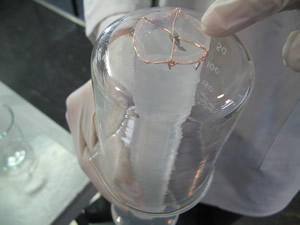
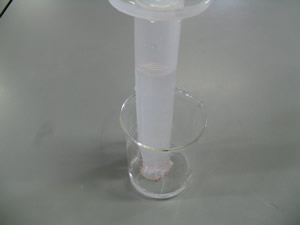
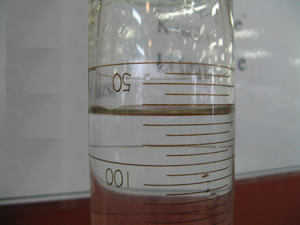
5) Pour 2.0 M HCl in the beaker. The reaction between magnesium and HCl should now take place producing hydrogen gas according to the equation below.
Mg(s) + 2HCl(aq) => MgCl2(aq) + H2(g)
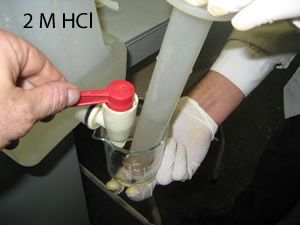
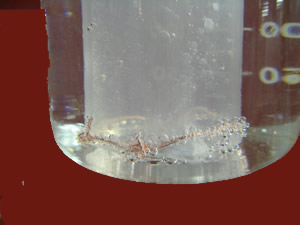
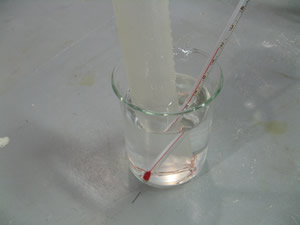
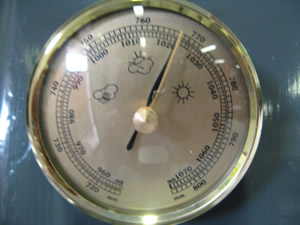
i) Calculate the mol of magnesium used. The mass of the magnesium should be written on the plastic bag containing the sample of magnesium.
ii) The hydrogen gas sample will not be pure, it will contain some water vapour. Subtract the partial pressure of water from the air pressure reading. The partial pressure of water at:
20 oC is 2.3 kPa
22 oC is 2.6 kPa
24 oC is 3.0 kPa
26 oC is 3.4 kPa
28 oC is 3.8 kPa
Why must we take the partial pressure of water vapour into account?
what would be the value of the gas constant if the partial pressure of water was not taken into account? Higher, Lower, Unchanged
iii) Calculate R to two decimal places, using PV/nT = R
iv) If the accepted value of R is 8.31 what is your percentage error?